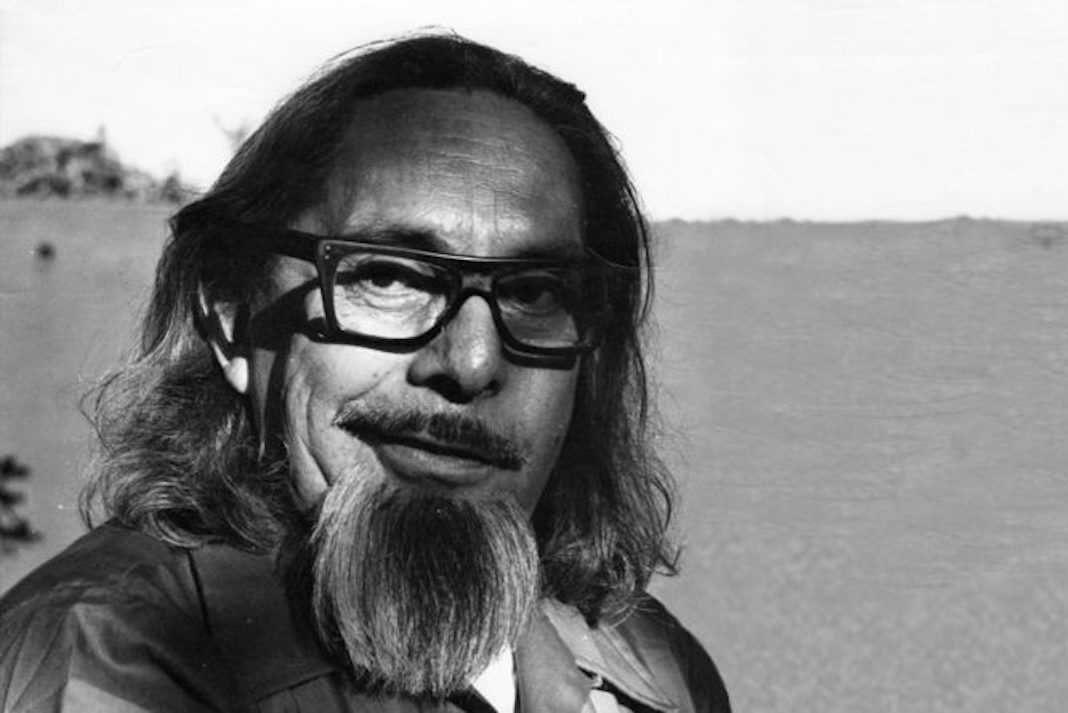How José Revueltas Wrote His Way Through Hell in Islas Marías
José Revueltas remains a seminal figure in decoding the Mexican political landscape, his life a crucible of ideological commitment and struggle. In his gripping novel “Muros de Agua,” he unflinchingly portrays the dark depths of human degradation within Islas Marías' penitentiary system.

José Maximiliano Revueltas Sánchez stands as an indomitable figure etched into the fabric of Mexican political and literary history. Born on November 20, 1914, in Santiago Papasquiaro, Durango, Revueltas emerged just four years after the crucible of the Mexican Revolution had erupted—a temporal coincidence that presaged his life of ideological commitment and struggle.
His credentials are many: Communist Party militant, founder of the Leninist Spartacus League, journalist for El Dia and El Popular, and a prolific author whose works span titles like “El luto humano,” “El apando,” and “El Lecumberri.”
It is vital to underscore that Revueltas paid the price for his convictions, as evidenced by his three imprisonments—twice on Islas Marías in 1932 and 1934. While imprisoned, he penned the novel “Muros de Agua,” a work that not only reverberates through literary annals but has real-world implications, inspiring the Centro de Educación Ambiental y Cultural Muros de Agua – José Revueltas.




